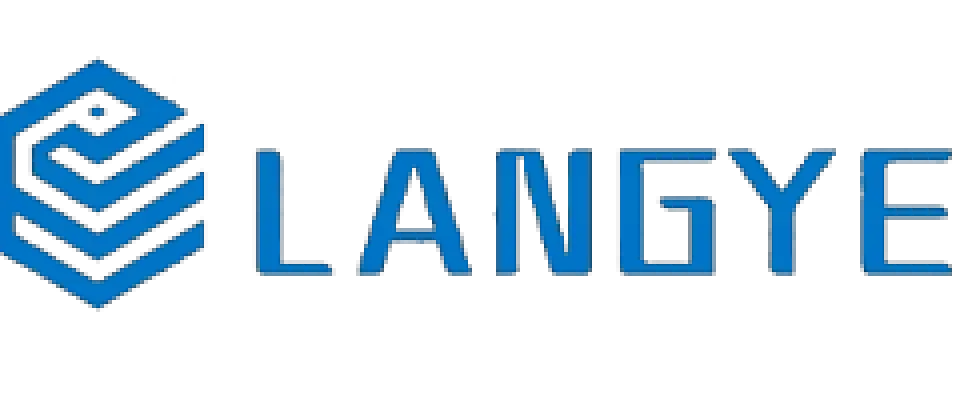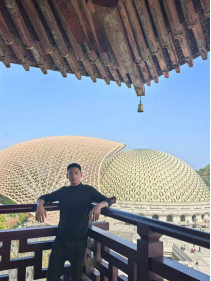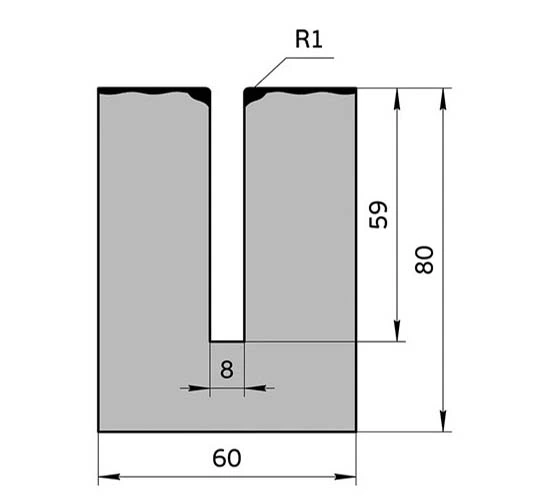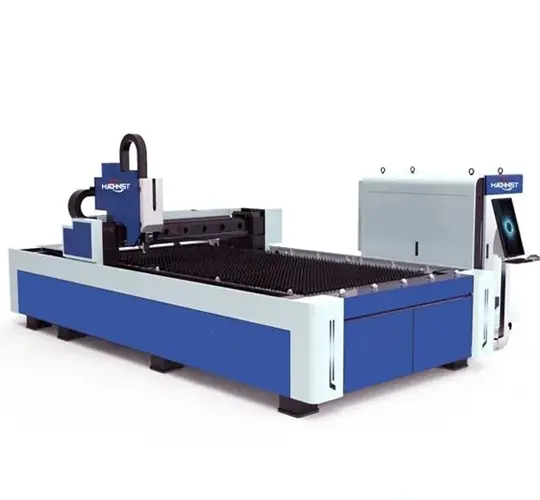Laser cutting technology harnesses a high-powered laser beam, guided by computer instructions, to precisely cut or engrave materials. Renowned for its accuracy, this method enables the creation of intricate shapes and designs that are challenging to achieve manually. Widely adopted in industries like automotive, aerospace, electronics, medical, and construction, laser cutting offers significant advantages for both commercial and hobbyist applications. This guide provides a comprehensive overview of CNC laser cutting, exploring its processes, applications, benefits, limitations, and emerging trends to help users unlock its potential.
Laser Cutting Machine for Metal
A fiber laser cutter, a type of CNC laser cutting system, excels in metal processing due to its superior cut quality, speed, precision, and efficiency. Capable of handling a wide range of metals, including stainless steel, carbon steel, galvanized steel, aluminum, aluminum alloys, titanium alloys, copper, brass, and iron, these machines are equipped with power outputs ranging from 1,000W to 30,000W. This versatility allows them to cut metals of varying thicknesses, making them an essential tool in industries requiring high-precision metalwork.
What are the major stages in CNC laser cutting?
The CNC laser cutting process begins with designing the desired shape or pattern using CAD software, which is then converted into machine-readable code via CAM software to guide the CNC machine. Next, the material, such as metal sheets, is prepared and placed on the machine's work surface. The machine is then configured for the specific material and thickness, adjusting parameters like laser focal length, power, speed, and assist gas pressure to ensure proper alignment and optimal cutting conditions. During the cutting phase, the focused laser beam heats the material's surface, melting or vaporizing it along the programmed path to form the desired shape. The molten or vaporized material is expelled from the cut path, or kerf, to maintain clean edges. To manage the heat generated, cooling mechanisms like water or air jets are employed to prevent overheating and aid solidification. After cutting, the parts undergo quality inspection to verify accuracy, with adjustments made if discrepancies are found. Depending on the project, post-processing steps such as deburring, surface treatment, or assembly may be required to finalize the product.
CNC Laser Cutting Programming
Programming is critical in CNC laser cutting to ensure the machine executes tasks accurately. Two primary programming languages, G-code and M-code, are used. G-code, a widely adopted numerical control language, provides precise control over the machine's movements, including the speed, position, and coordination of components like the laser head and axes. Each G-code command instructs the machine on specific actions. M-code complements G-code by managing auxiliary functions, such as activating or deactivating the laser, switching tools, or controlling coolant systems, ensuring seamless operation during the cutting process.
How are CNC laser cutting machines classified by type?
CNC laser cutting machines vary based on the laser type and the number of axes, which determine their capabilities. CO₂ laser cutters, utilizing a gas mixture rich in carbon dioxide, are versatile and effective for cutting and engraving both metals and non-metals, making them a popular choice for diverse applications. Fiber laser cutters, employing solid-state lasers with optical fibers doped with rare-earth elements, are known for their efficiency, precision, and excellent beam quality, particularly for metal cutting in industrial settings. Neodymium-doped Yttrium Aluminum Garnet (Nd:YAG) lasers, using a crystal medium, are suitable for cutting and engraving metals and ceramics, with the ability to operate in pulsed or continuous modes for tasks like welding. The number of axes further defines a machine's capabilities. A 2-axis CNC laser cutter operates in a flat plane, moving horizontally (X-axis) and vertically (Y-axis) for cutting flat materials. A 3-axis machine adds vertical (Z-axis) movement for deeper cuts or engraving. A 4-axis cutter includes rotation around one axis, enabling more complex geometries, while a 5-axis machine rotates around two axes for intricate, multi-dimensional shapes. The most advanced, 6-axis CNC laser cutters, offer an additional rotational axis, allowing cuts from nearly any angle for highly complex designs.
What Are Some Common Applications of CNC Laser Cutting?
CNC laser cutting's precision and versatility make it indispensable across various industries. In the automotive sector, it shapes sheet metal parts, car body panels, and intricate components with high accuracy. The aerospace industry relies on it to produce parts with tight tolerances, cutting exotic metals and composites used in aircraft manufacturing. In electronics, laser cutters craft circuit boards and smartphone components, ensuring precision in small-scale production. The medical field benefits from laser cutting for creating surgical tools, medical devices, and orthopedic implants, where accuracy is critical. In jewelry making, it enables intricate designs and engravings with exceptional detail. The construction industry employs large-scale CNC laser cutters to fabricate structural components for buildings, bridges, and other infrastructure projects, leveraging their ability to handle robust materials.
What Are the Advantages of Using CNC Laser Cutting?
CNC laser cutting offers numerous benefits, making it a preferred method in many industries. Its non-contact process minimizes mechanical distortion, resulting in cleaner edges with minimal burring. The narrow kerf width allows for detailed cuts and efficient material use, reducing waste. The smaller heat-affected zone (HAZ) limits material distortion, preserving structural integrity. Additionally, the precision of laser cutting reduces contamination risks, as there is no physical contact with the material. These machines require less maintenance than mechanical cutters due to fewer moving parts, leading to lower repair costs. The automated and enclosed nature of CNC laser cutters enhances operator safety compared to manual cutting methods, making them a reliable and efficient choice.
How Correct and Precise Is CNC Laser Cutting?
CNC laser cutting machines are renowned for their precision, achieving standard tolerances between ±0.1 mm and ±0.01 mm, depending on the machine, material, and design complexity. This high accuracy enables the production of intricate parts with strict dimensional requirements, making it ideal for industries where precision is paramount.
How Much Does CNC Laser Cutting Cost?
The cost of CNC laser cutting varies based on several factors, typically ranging from $75 to $150 per hour. Material type influences costs, as different metals require varying laser power and cutting speeds. Complex designs or intricate patterns increase processing time, raising expenses. Thicker materials demand more power and time, contributing to higher costs. Extended machine operation increases energy consumption and potential wear, impacting pricing. Additional post-processing steps, such as cleaning, polishing, or coating, can further elevate costs. The overall expense depends on the project's specific requirements and complexity.
How Much Does a CNC Laser Cutting Machine Cost?
The cost of CNC laser cutting machines varies widely based on power output, size, brand, laser type, and material capabilities. Small or hobbyist machines, suitable for beginners or small businesses, range from $300 to $5,000, offering lower power and smaller work areas. Mid-range machines, designed for small to medium businesses with regular use, cost between $5,000 and $20,000, providing greater power and larger work areas. Industrial or professional machines, built for heavy use in sectors like aerospace and manufacturing, start at $20,000 and can exceed $100,000, depending on specifications. These machines represent a significant investment but enhance precision, productivity, and speed across various applications.
What Types of Materials Can Be Cut Using a CNC Laser Cutting Machine?
CNC laser cutters are highly versatile, capable of cutting a wide range of materials with precision. Metals, including steel, aluminum, and alloys, are commonly cut, with the laser type and power determining cut quality and thickness capacity. Plastics, such as acrylic, ABS, and polycarbonate, can be processed, though care must be taken due to potential harmful fumes. Thermoplastics like nylon, polyethylene, and polyvinyl chloride are also suitable. Rubber is cut precisely for applications like gaskets and seals. Leather is easily shaped for fashion, upholstery, or crafts, while ceramics can be cut or engraved with caution to avoid cracking. Wood, including hardwoods, softwoods, and plywood, is cut with detailed precision, as is acrylic for clean-edged designs. Foam, used in packaging or crafts, and textiles like cotton, polyester, and silk are cut without fraying. Paper is handled for crafts or packaging, and composites like fiberglass or carbon fiber can be processed, though care is needed due to potential harmful particles. Stone and glass are typically engraved rather than cut due to their density and hardness.
Are There Any Limitations to CNC Laser Cutting?
Despite its efficiency, CNC laser cutting has limitations. Reflective metals like copper and brass can reflect the laser beam, risking machine damage. Certain plastics, such as polycarbonate, may produce harmful gases during cutting. The thickness of materials is a constraint, as lower-power machines struggle with thicker metals. Most CNC laser cutters are limited to 2D cutting, lacking the deep 3D shaping capabilities of tools like CNC routers. The heat-affected zone (HAZ) can alter material properties near the cut, potentially affecting strength.
What Are Some Common Problems and Defects with CNC Laser Cutting?
CNC laser cutting, while precise, can encounter issues that affect cut quality. Excessive heat may cause burn marks, discoloring or scorching material edges. Dross, or hardened molten material, can form on the bottom edge of cuts. Warping may occur in thin materials due to heat-induced bending. Incomplete cuts result from insufficient laser power or excessive cutting speed, failing to penetrate the material fully. Overcutting, caused by excessive power or slow speeds, can lead to unintended material removal, compromising the design.
What Are Some Design Tips for CNC Laser Cutting?
Effective design for CNC laser cutting requires careful consideration of several factors. Selecting the appropriate laser power is crucial, as it varies by material and thickness; CO₂ lasers suit wood, plastic, or acrylic, while fiber lasers excel for metals. Cutting speed and assist gas choice impact cut quality, with slower speeds offering precision and faster speeds reducing heat impact. Understanding material behavior under laser heat ensures optimal shape and finish. Design files, typically in DXF or DWG formats, must be accurate, created using software like CorelDraw or Adobe Illustrator. Designers should avoid overly intricate patterns that risk material damage, account for kerf width, consider laser tolerances for tight fits, and ensure sufficient spacing to prevent heat-related melting or deformation.
How Long Does CNC Laser Cutting Typically Take?
The duration of CNC laser cutting depends on factors like laser power, design complexity, material type, thickness, and required precision. For thin sheet metals (1mm), simple shapes may take a few minutes, while intricate patterns could require 15–20 minutes. Thicker materials (10mm) may take 20 minutes for basic designs or over an hour for complex ones. Engraving further extends processing time based on its complexity and size. These estimates vary depending on specific project parameters.
What Are the Main Terminologies Used in CNC Laser Cutting?
Understanding key CNC laser cutting terms is essential for navigating the process. CNC (Computer Numerical Control) refers to computer-controlled machining for precise material shaping. CAD (Computer-Aided Design) software creates accurate 2D or 3D models for cutting. CAM (Computer-Aided Manufacturing) automates manufacturing by integrating with CAD for enhanced functionality. Kerf denotes the width of the cut groove, impacting part dimensions. Focal length, the distance between the lens and material surface, affects cut quality. Assist gas, such as oxygen or nitrogen, expels molten material during cutting. Cutting parameters, including speed, power, and gas pressure, are tailored for optimal results. Pierce time or dwell time is the duration needed to penetrate the material before cutting begins. The nozzle directs assist gas into the kerf, while a chiller cools the laser and optics for consistent performance. Nesting optimizes part arrangement to minimize material waste. The CNC controller interprets G-code and M-code to execute commands. Laser power, measured in watts, influences cutting speed and material thickness capacity. Wavelength determines material heat absorption, while beam mode affects focal spot size and cut quality. The focal spot, where the laser concentrates, significantly impacts cutting precision and speed.
 English
English 日本語
日本語 한국어
한국어 français
français Deutsch
Deutsch Español
Español русский
русский Türkçe
Türkçe português
português العربية
العربية Polska
Polska हिंदी
हिंदी Indonesia
Indonesia



